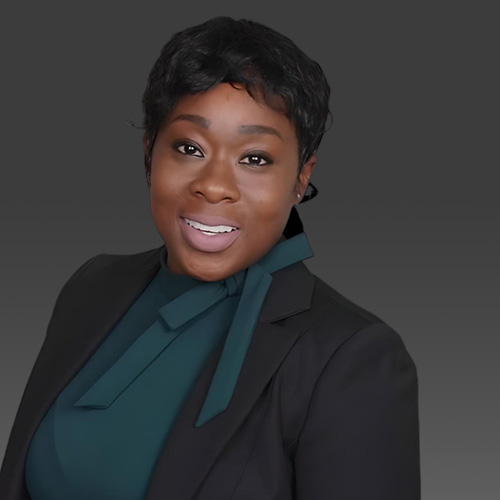Q: What are DUI checkpoints and how do they operate in California?
DUI checkpoints, also known as sobriety checkpoints, are designated locations where law enforcement officers stop drivers to check for signs of driving under the influence of alcohol or drugs. In California, these checkpoints are operated routinely and are intended to deter impaired driving and enhance public safety. According to California law, checkpoints must be set up in a manner that minimizes inconvenience to drivers and must be conducted in a fair and equitable manner.
During a DUI checkpoint, officers typically stop all vehicles or a predetermined number of vehicles, such as every fourth or fifth car. Officers will conduct brief assessments to determine if drivers exhibit signs of impairment. If officers observe indicators of alcohol or drug use, the driver may be subjected to further testing, such as a breathalyzer test. It is essential for law enforcement to announce the checkpoint in advance and follow specific operational procedures to ensure compliance with legal standards; failure to do so could result in evidence collected at the checkpoint being inadmissible in court.
Drivers have certain rights during these checkpoints, including the right to refuse field sobriety tests; however, refusal to take a chemical test after an arrest can lead to legal consequences, such as license suspension. Officers cannot detain drivers longer than necessary to assess their sobriety, and any vehicular stops must adhere to constitutional protections against unreasonable searches and seizures. Overall, DUI checkpoints play a crucial role in California’s efforts to combat impaired driving while also having to align with legal protocols to protect the rights of drivers.






